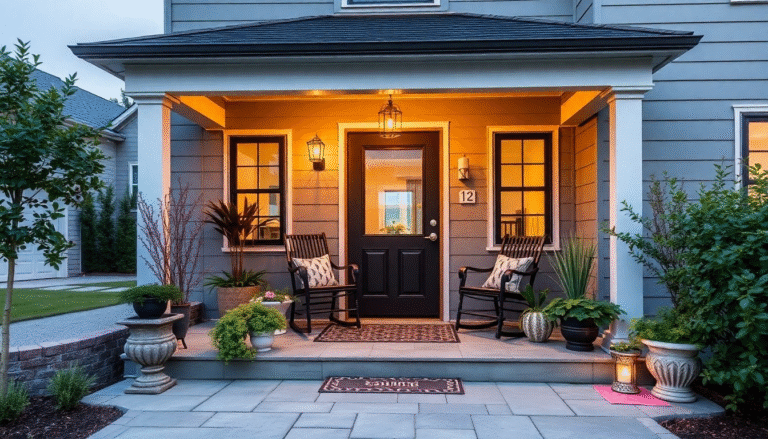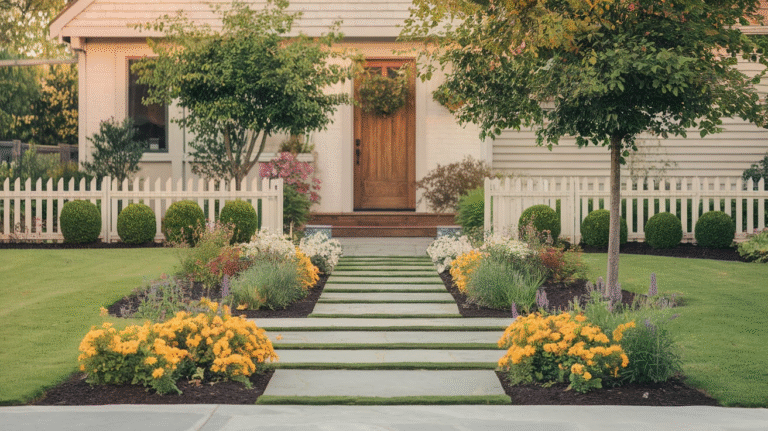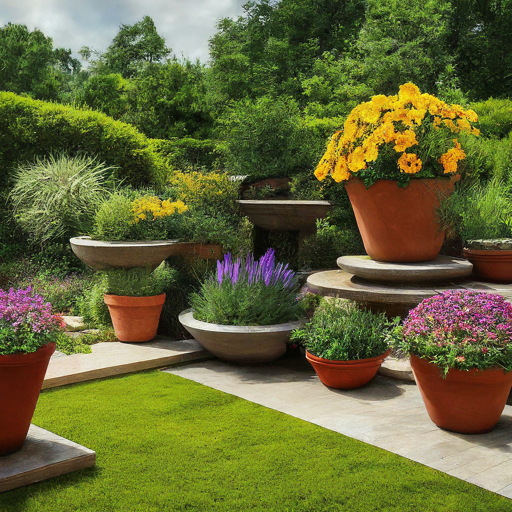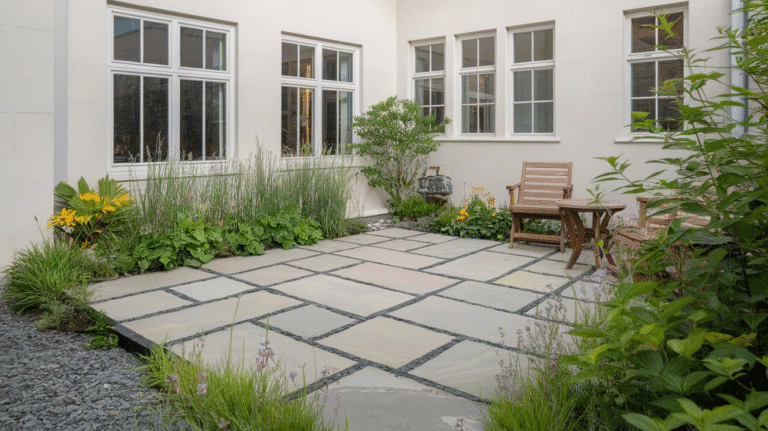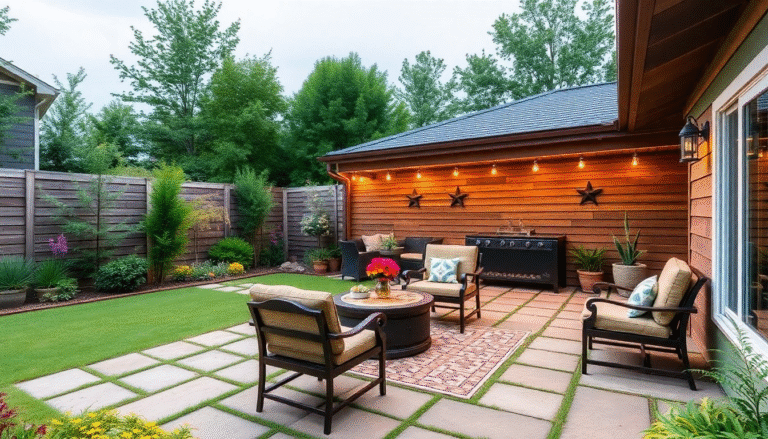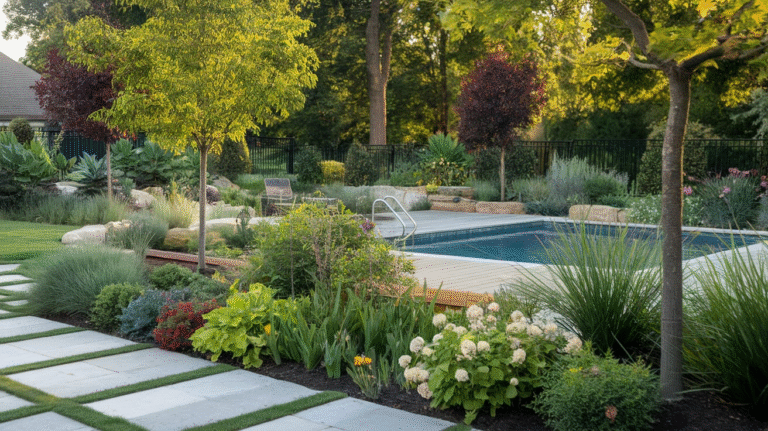15 Garden Layout Ideas Design
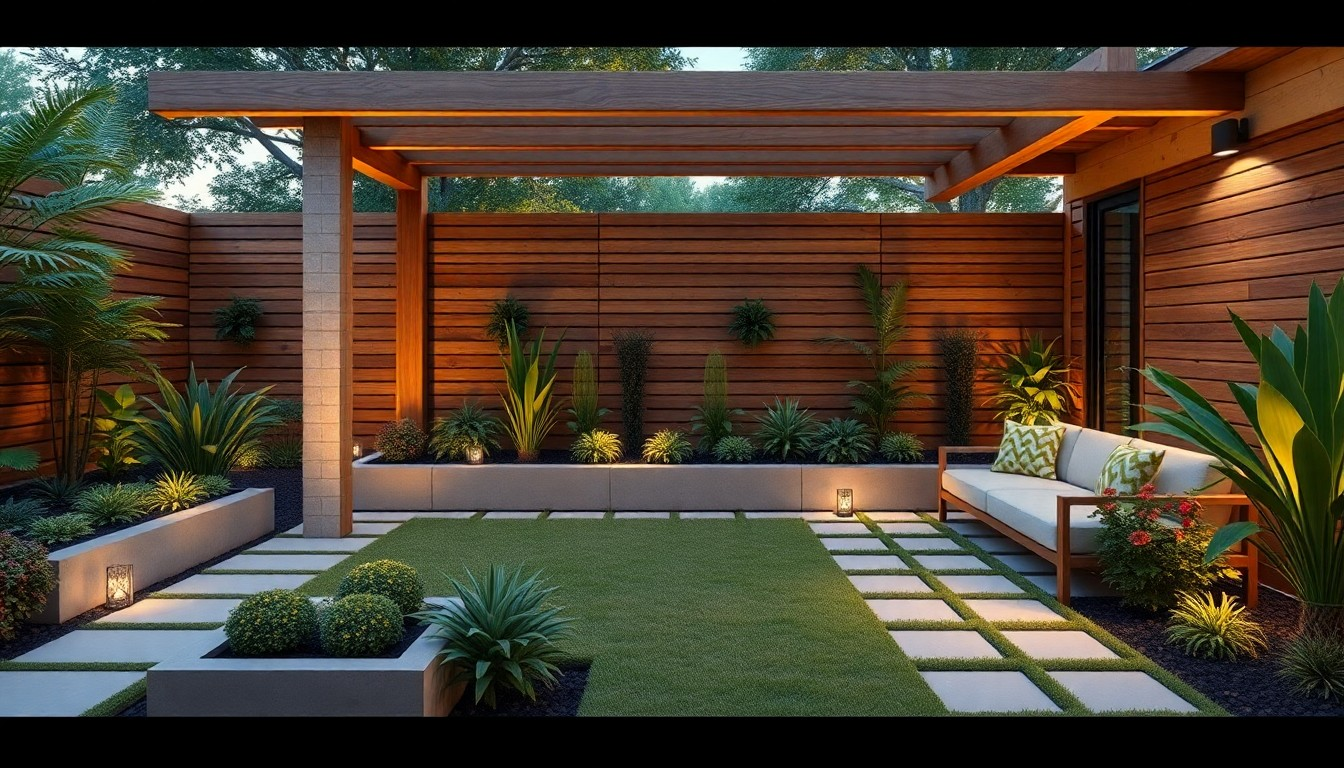
Designing a garden layout isn’t just about planting pretty flowers or placing stones in a neat line.
It’s about creating a space that feels right — like your own outdoor symphony where nature and design dance together.
Whether you’ve got a tiny courtyard or a sprawling backyard, the way you lay it out makes all the difference between a cluttered patch of greens and a soul-soothing oasis.
I once helped a friend redesign her awkward L-shaped backyard.
We didn’t have a huge budget, but with a few clever layout tweaks, that dull space transformed into a cozy garden retreat with herb borders, stepping stones, and a little reading nook she now uses every weekend.
That’s the magic of layout — it turns chaos into calm.
Let’s dig into 15 garden layout ideas that can reshape how you use and enjoy your outdoor space.
1. Grid Layout Garden
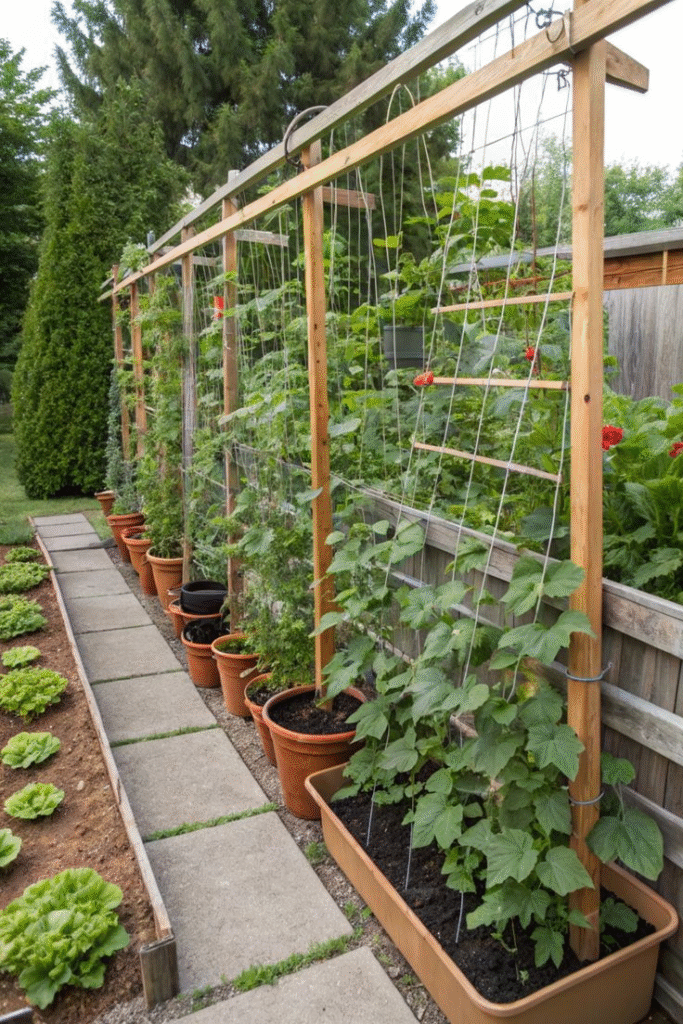
A grid layout is ideal for anyone who loves structure, order, and clearly defined areas.
Think of this like your garden wearing a pinstripe suit — tidy, classic, and always on point.
With paths running both horizontally and vertically, you can create individual beds for vegetables, flowers, or herbs.
It’s especially great for raised beds, which keep everything organized and easy to maintain.
Why it works: You’ll avoid trampling your plants, make harvesting a breeze, and keep your layout scalable as your garden grows.
Pro Tip: Use mulch or gravel for the paths to keep weeds at bay and improve drainage.
2. Circular Garden Layout
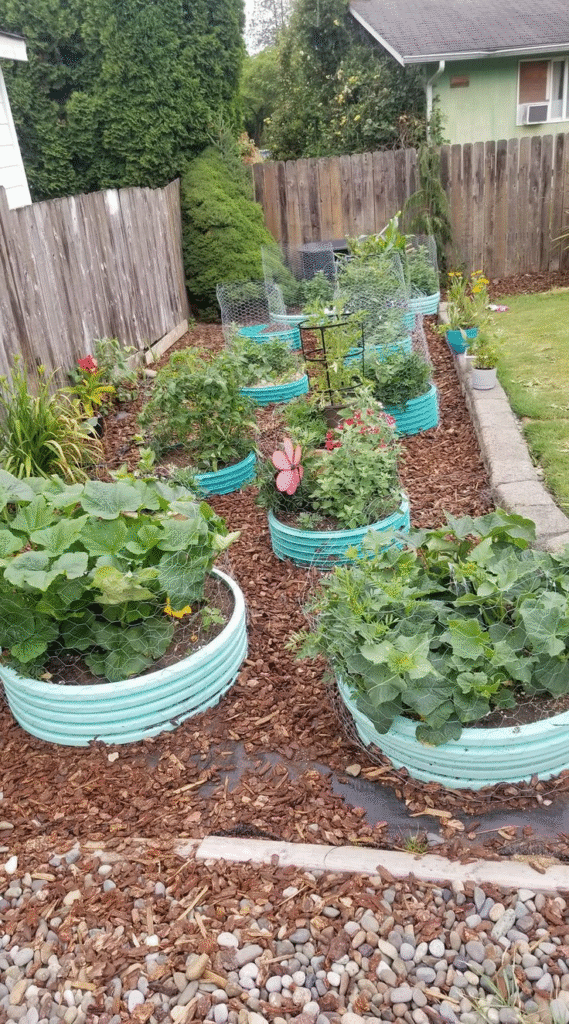
If straight lines feel too rigid, circular layouts offer a more natural, flowing vibe. Imagine ripples in a pond — soothing, elegant, and just a little bit whimsical.
You can place a central feature like a birdbath, sundial, or seating area, then radiate planting beds outward.
This works wonderfully for flower gardens and pollinator spaces.
Stats to know: Circular garden beds reduce the edge-to-area ratio, meaning you’ll spend less time edging and more time enjoying.
Pro Tip: Stick to 3–5 concentric rings to avoid visual clutter.
3. Formal Symmetrical Layout
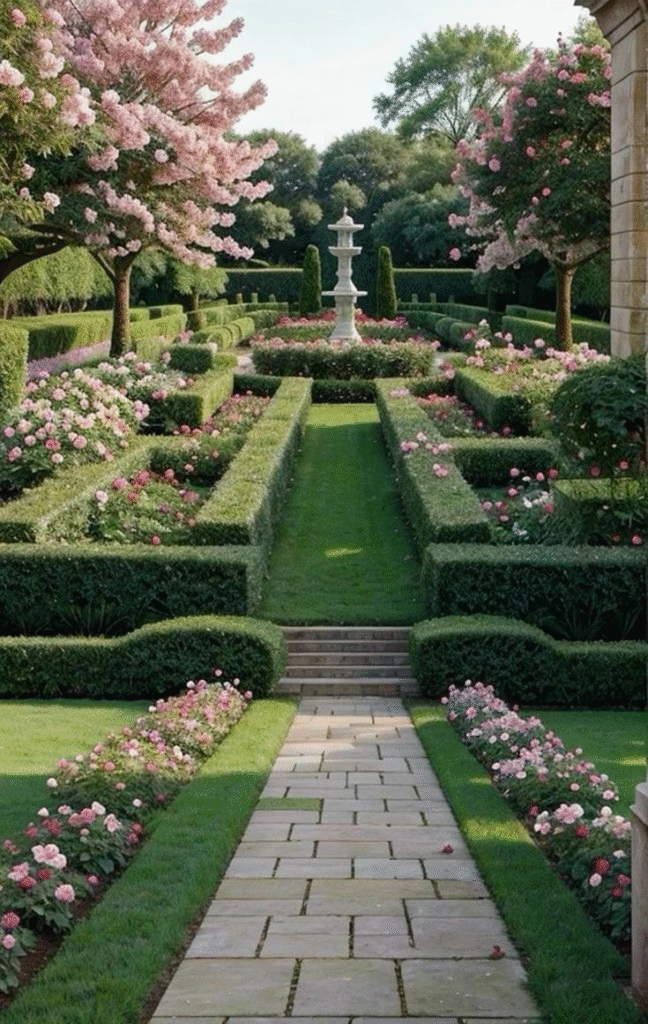
Channel your inner Versailles with a formal, symmetrical layout. It’s all about mirrored balance — think twin paths, identical plantings, and geometric patterns.
Ideal for front yards or statement gardens, this style brings instant elegance.
And if you’re the kind of person who finds joy in folding fitted sheets perfectly (bless you), you’ll love this style.
Why it works: It gives your garden a high-end look even if you’re using budget-friendly plants.
Personal Tip: Boxwood hedges and lavender work beautifully here — hardy, fragrant, and easy to shape.
4. Wild Cottage Garden Style
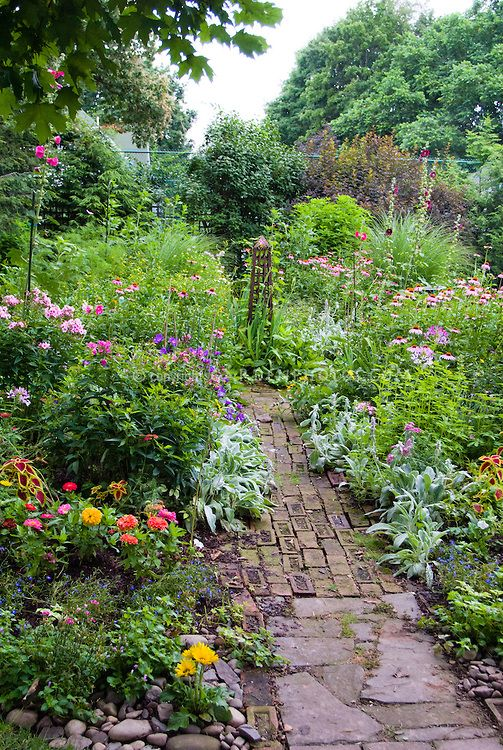
On the other end of the spectrum, we have the cottage garden layout — charmingly chaotic and bursting with personality.
No strict lines, no rules — just layers of flowers tumbling over each other like puppies in a basket.
It’s a perfect choice if you love color, fragrance, and vintage charm.
Why it works: Dense planting means fewer weeds, more pollinators, and a full-looking garden from spring through fall.
Stat Insight: Pollinator-friendly gardens increase bee visits by up to 80% compared to sparse, manicured lawns.
Real Talk: I once accidentally created a cottage garden by mixing leftover seeds. It turned into the most complimented part of my yard.
5. Raised Bed Layout
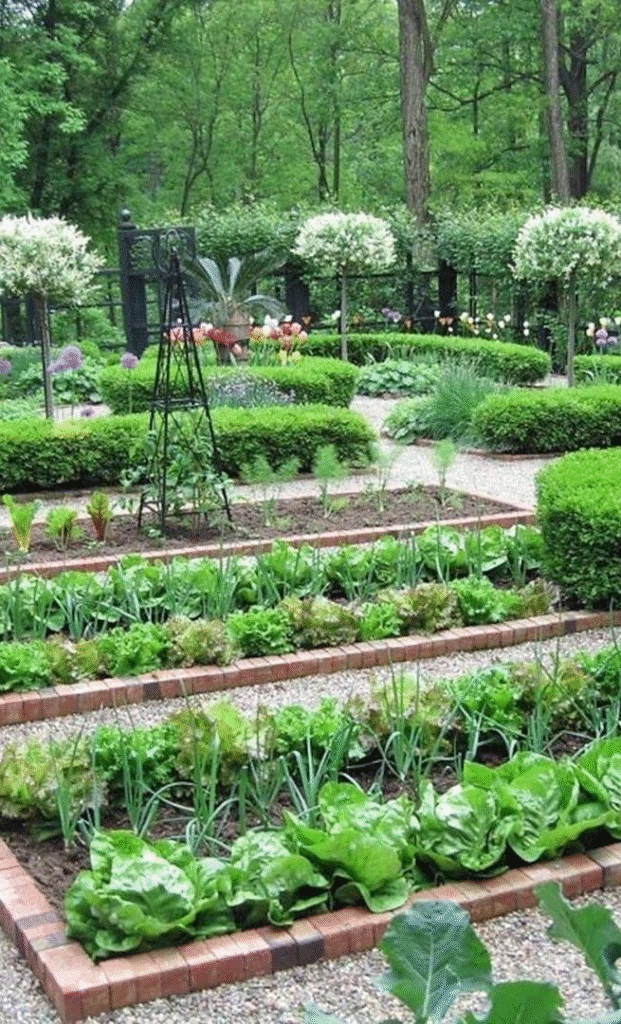
Raised beds are like the bunk beds of gardening — compact, efficient, and great for organization.
Layout-wise, you can position them in rows, grids, or even U-shapes depending on your space.
This is especially good for urban gardens and accessibility needs.
Why it works: Better drainage, easier weed control, and fewer pests. Plus, you can garden earlier in the season as soil warms faster.
Smart Move: Build beds at least 12–18 inches high and 2–4 feet wide for easy access.
6. Herb Spiral Garden
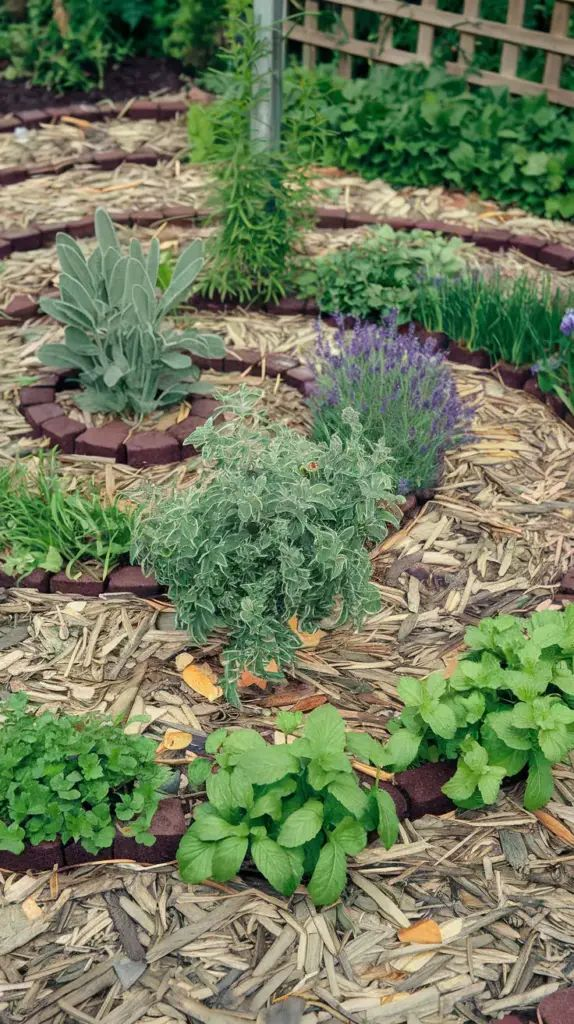
The herb spiral is a brilliant permaculture technique that saves space and creates multiple microclimates in one compact bed.
It’s like a spiral staircase for your herbs — and it looks pretty cool too.
You plant sun-loving herbs (like rosemary) at the top, and shade-lovers (like mint) near the bottom.
Why it works: The spiral shape allows water to flow naturally, creating dry and moist zones in one spot.
Tip: Use bricks or stones to build the spiral — they retain heat and create a rustic look.
7. Meandering Path Layout
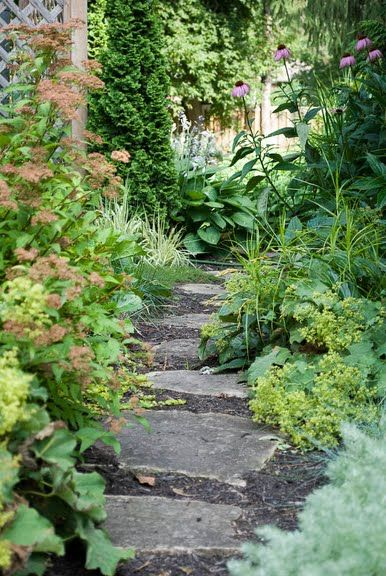
Instead of rigid rows or blocks, a meandering path layout lets you wander through your garden like you’re exploring a storybook forest.
Paths curve through planting beds, with surprises at every turn — a bench, a sculpture, or a hidden herb patch.
Why it works: It adds a sense of mystery and makes small spaces feel larger.
Pro Advice: Use curves intentionally — too many and it starts to feel like a maze. Anchor curves with focal points to guide the eye.
Stat Tip: Curved path gardens are 23% more likely to be perceived as “inviting” in design psychology studies.
8. Vertical Garden Layout
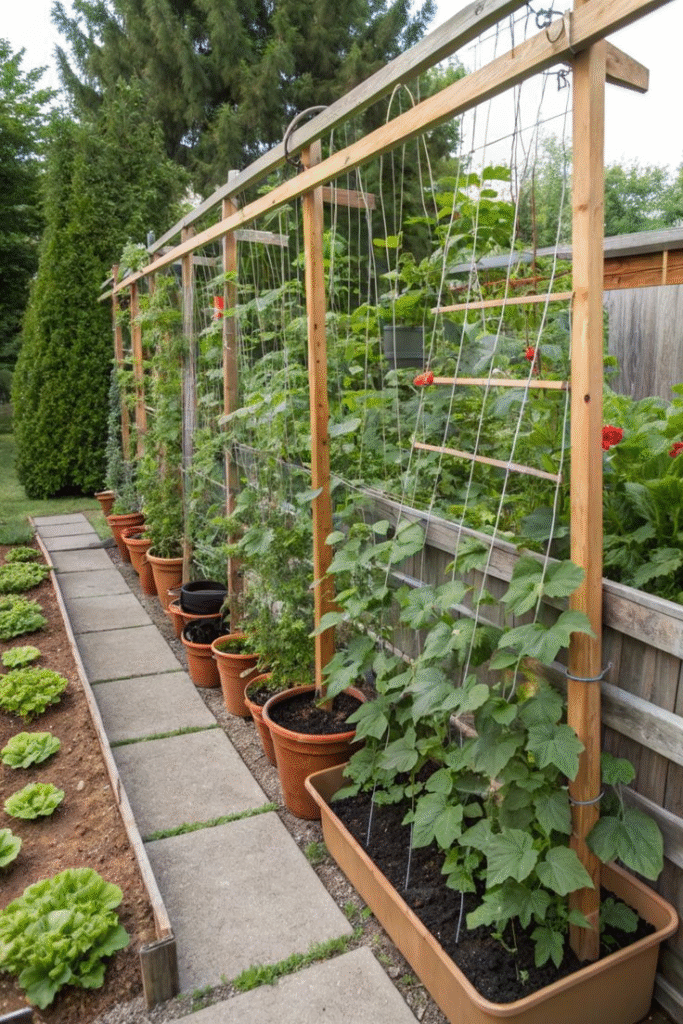
Short on space? Go up. A vertical garden layout uses walls, fences, and structures to grow plants vertically — perfect for balconies, courtyards, or small yards.
What to grow: Herbs, strawberries, lettuce, and flowering vines are all stars here.
Why it works: You maximize growing space while adding privacy and visual interest.
DIY Idea: Repurpose an old ladder or wooden pallet to create a rustic vertical planting rack.
9. Potager Garden Layout
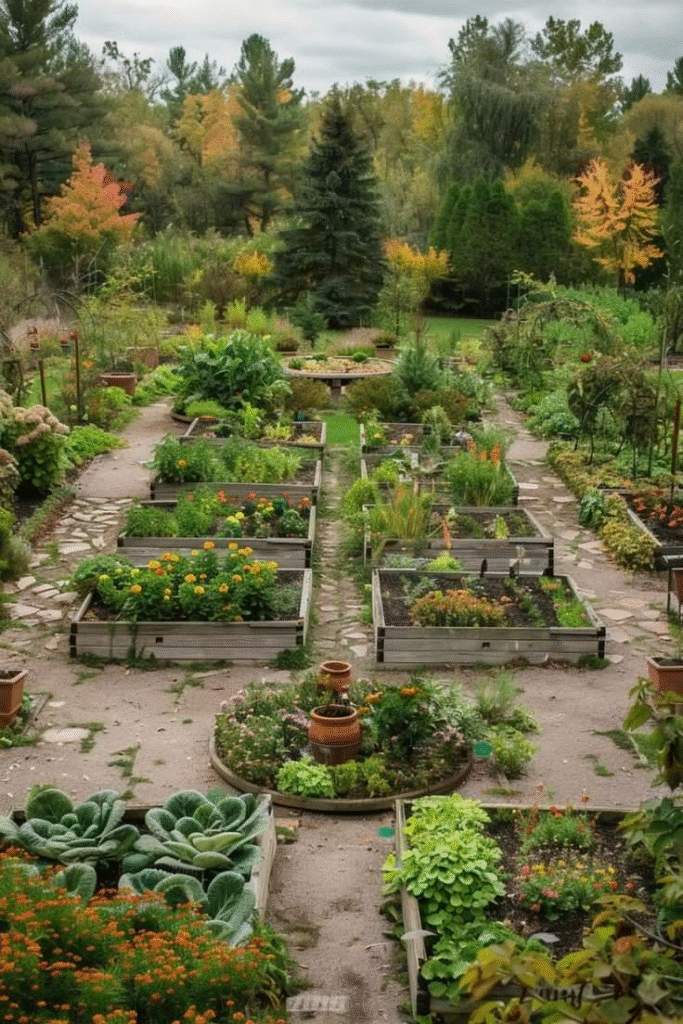
A potager (French for kitchen garden) combines vegetables, herbs, and flowers in a stylish, often geometric layout.
It’s part utility, part beauty — kind of like a garden that went to art school.
Paths divide square or triangular beds, often bordered with edible flowers or herbs.
Why it works: You get food and flowers, all while keeping things tidy and stunning.
Smart Planting Tip: Alternate tall plants like tomatoes with low ones like basil to play with heights.
10. Zen-Inspired Garden Layout

If you’re craving peace and minimalism, a Zen layout brings order and mindfulness to your outdoor space.
Think clean lines, gravel paths, clipped shrubs, and carefully placed stones.
Why it works: Minimalist design reduces sensory clutter and invites contemplation.
Key Element: Use asymmetry, not chaos. Every item should feel deliberate, even if sparse.
Anecdote: After a stressful year, I converted one corner of my yard into a mini Zen nook with a bench and bamboo.
It’s now my go-to for early morning coffee and brain resets.
11. Native Plant Garden Layout
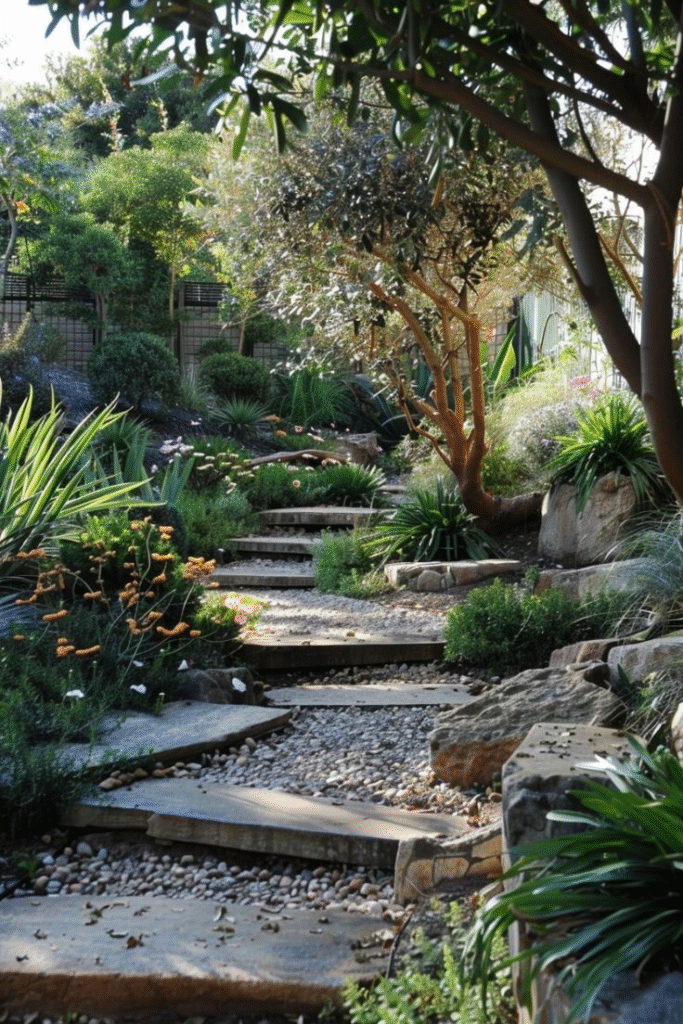
Let’s get practical and planet-friendly.
A native plant layout groups local, drought-resistant species in a way that mimics natural ecosystems — no fuss, just function and beauty.
Why it works: Native plants require less water, no fertilizer, and support local wildlife.
Stats Matter: Native gardens can use up to 75% less water than traditional lawns.
Layout Tip: Group plants by light and soil needs, and mimic natural groupings for that “wild but not weedy” look.
12. Courtyard Garden Layout
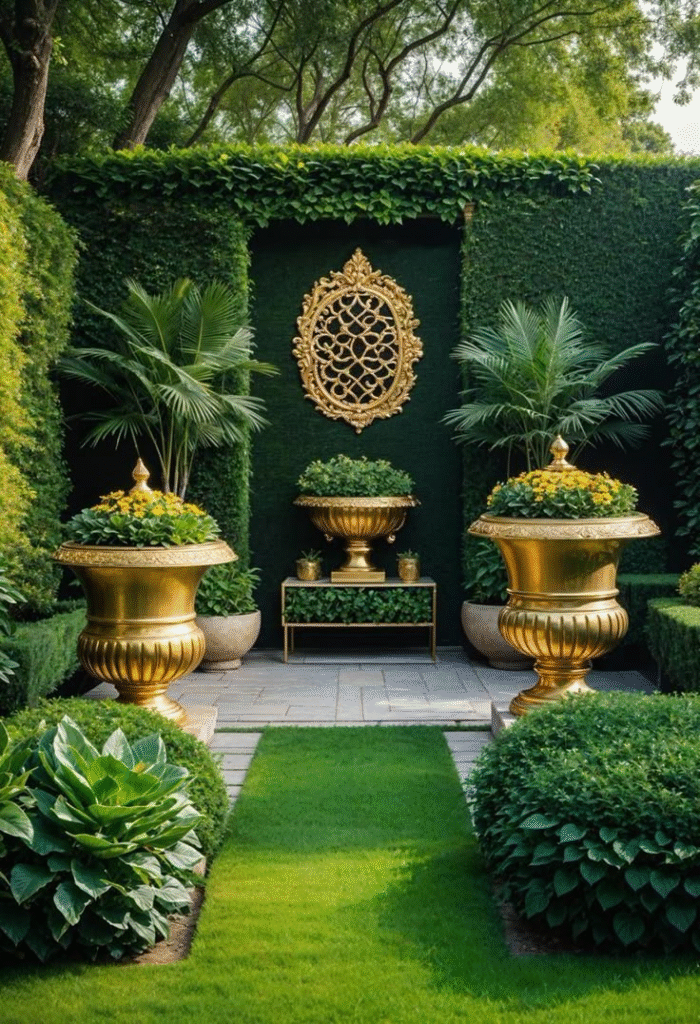
A courtyard garden is ideal for enclosed spaces — think townhouses, patios, or inner garden courtyards.
You work with walls and paving, adding planters, trellises, and cozy nooks.
Why it works: It transforms confined areas into lush sanctuaries.
Pro Moves: Use mirrors to expand the visual space, and focus on vertical elements like wall-mounted planters.
Designer Tip: Limit your color palette to 2–3 hues for a sophisticated feel in a compact space.
13. Wildlife-Friendly Garden Layout
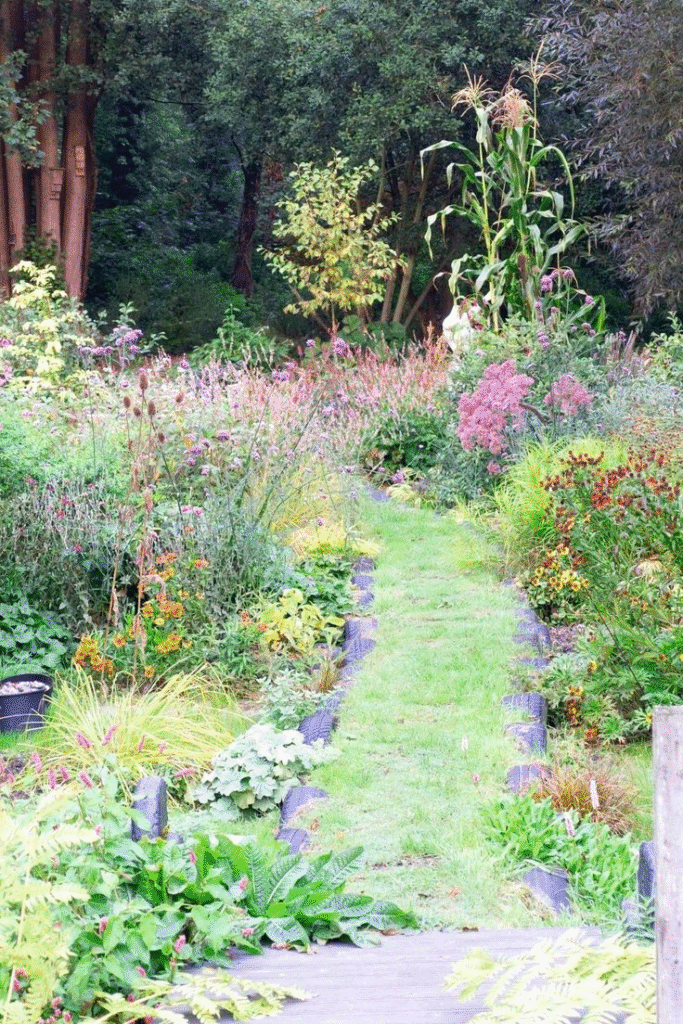
Want your garden to buzz, chirp, and flutter with life? A wildlife-friendly layout includes water sources, native shrubs, flowering plants, and varied habitats.
Why it works: It supports birds, bees, butterflies, and beneficial insects — all while keeping your garden healthy and diverse.
Stat Insight: Adding a small water source can increase bird visits by up to 50%.
Quick Win: Add a log pile or rock pile for insects and frogs to hide out in.
14. Mediterranean Layout
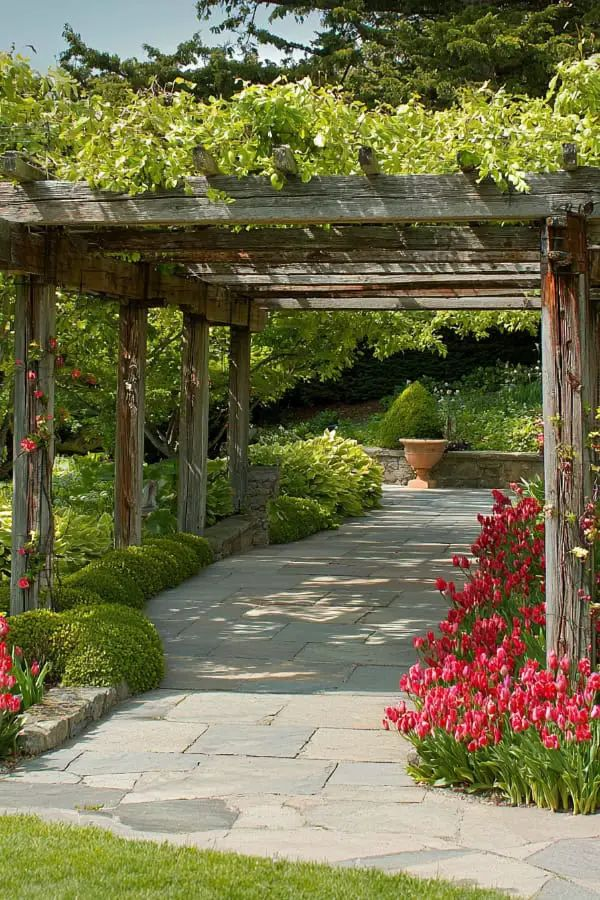
Inspired by the dry gardens of Italy, Greece, and Spain, a Mediterranean layout uses terracotta pots, gravel, drought-tolerant plants, and warm stone features.
Why it works: It thrives in hot, dry climates with minimal watering.
Key Plants: Olive trees, lavender, rosemary, and agapanthus bring the Mediterranean feel home.
Pro Design Tip: Use repetition — several terracotta pots with the same plant can create strong visual rhythm and elegance.
15. Children’s Play Garden Layout
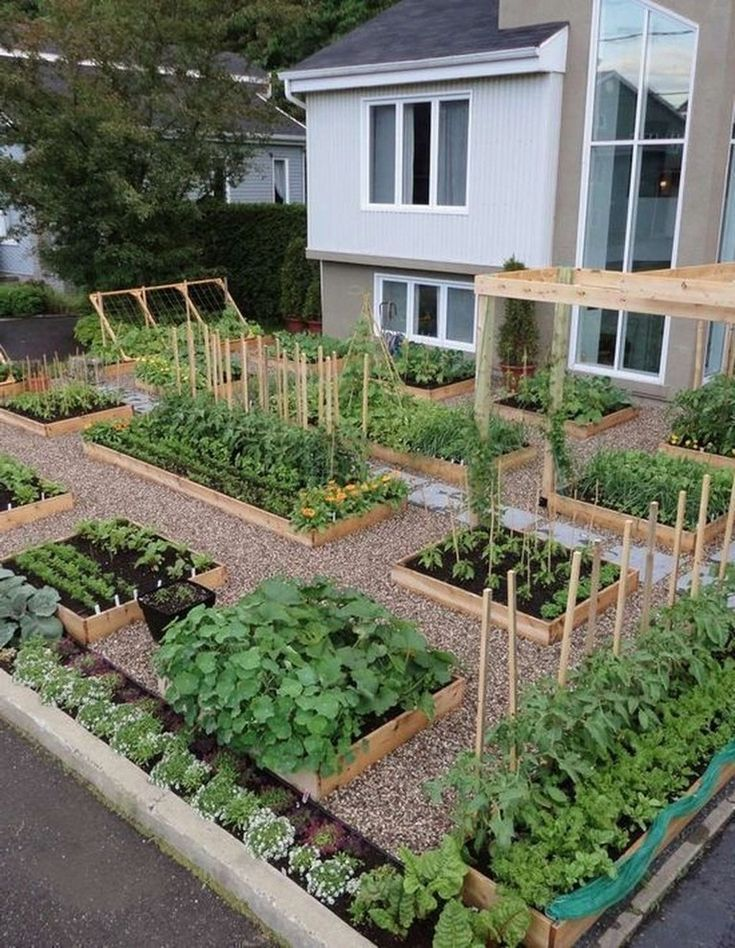
If kids are part of the picture, designing with play in mind keeps them engaged and outside longer.
This layout blends edible plants, sensory textures, and interactive elements like stepping stones, bean teepees, or butterfly-attracting flowers.
Why it works: It encourages curiosity, learning, and unplugged fun.
Bonus Idea: Paint stones with plant names or animal facts to add educational flair.
Stat Worth Noting: Kids with regular access to gardens show 20% higher engagement with nature-related school subjects.
Final Thoughts
Designing your garden layout isn’t just about what looks good. It’s about how you move through it, what it gives you, and how it makes you feel.
Whether you go full Zen or embrace cottage-core chaos, the right layout transforms your space from a collection of plants into a living, breathing extension of your home.
Pick the idea that speaks to you, start sketching it out (on paper, napkin, or app — no judgment), and don’t be afraid to evolve it as you grow.
Like any great garden, your layout should be alive, changing with the seasons and your needs.
And hey, don’t forget to leave a little space for a bench — you’ll want a front-row seat to admire what you’ve built.

